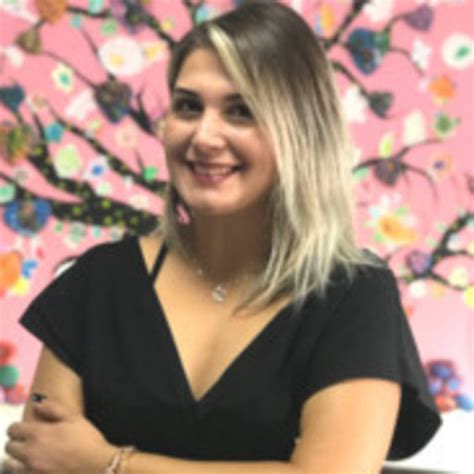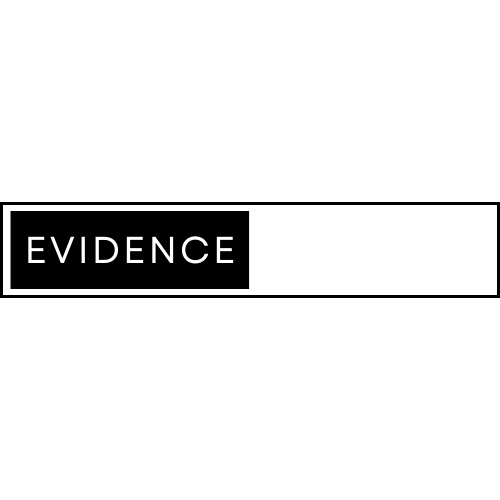The Power of Groups in Action: From Therapy Room to Boardroom
Özge Kantaş, PhD., CP/PAT

.
With my first article as the author of this column on Experiential Group Psychotherapy and Psychodrama, I am stepping into this role after my dear friend Scott Giacomucci, DSW, LCSW, BCD, CGP, FAAETS, TEP, handed it to me. My first article is a continuity where Scott left off: the use of psychodrama and group dynamics within and beyond the therapy circle. As he highlighted in an earlier issue, many of the same group dynamics, group theories, and group interventions we employ as group psychotherapists in clinical spaces can also be adapted for teaching and organizational leadership (Giacomucci, 2023). As I will talk more about these applications in the upcoming issue, let’s review Moreno’s original ideas to see where they came from.
Moreno’s ideas stemmed from his observations of the kids of Vienna in the early 1900s playing in the parks freely, even during wartime. The children could play in the park and were able to create their own surplus reality (Moreno, 1975). Surplus reality in psychodrama refers to the playful and creative enactment of experiences, feelings, or events that transcend beyond ordinary reality. It allows individuals to explore unmet desires, unspoken emotions, or alternate life scripts in a safe, imaginative space, providing insights and emotional resolution beyond everyday physical, social, economic or cultural limitations. They dreamed of another reality; in this one, they created and imagined another world by playing it out and role-playing in circles. He spent days and hours watching them while they were taking turns, reversing roles, and turning their pain points into gain points. Sometimes, it was only an empty chair left on the side of the street, or maybe it was a broken bench in the other corner of the park. They were placing a God on that chair and asking for peace, or perhaps they were creating a palace, talking directly with the King, and giving him some strategies to end the war. Long story short, those kids were able to heal themselves through role-playing, imagination, and creative solutions to their problems. His observations led him to try many experiential techniques afterward, which also became a baseline for many therapy approaches other than psychodrama and group psychotherapy, such as for Maslow, Berne, and Perls (Ridge, 2007; Moreno, 1953).
Moreno stated in his work with children (1911) and with prostitutes (1913) that he noticed the powerful effects of such autonomous groupings fostering a deep sense of connection, empathy and mutual support as well as a greater sense of ownership (Moreno 1953). Referring to those original ideas, Dr. Moreno’s other attempt to apply these principles was in a refugee camp, again during World War I. In that refugee camp, he realized so much chaos was going on. These people were experiencing a collective trauma, lacking control in their lives. Whatever they were doing was so much under control and rigidity in such a camp. Therefore, he asked how I could create unity and a group with them and asked them what they wanted to do and how they wanted to make a division of labor.
This enabled their daily routines to be autonomously chosen: I’ll get cooking; I’ll take care of the kids; I’ll do this and this. He let free play, in a sense, in kids’ words. Eventually, that chaos turned into a Unity, a mutual aid group where people were healing and helping each other. They were naming their problems. They connected with each other, nourishing themselves with their strengths despite their weaknesses as a result of someone else caring for them, and they cared for the different parts. In brief, the children were co-creating, beyond collaborating, and illuminating each other’s lives. By allowing them to help each other, Moreno further observed astonishing results, but by no means could these effects be dignified without the therapeutic effect of group and “group psychotherapy”.
Years later, during the 1930s, Dr. Moreno immigrated to the United States and presented his therapeutic ideas at the annual meeting of the American Psychiatric Association in 1932 where he proposed his therapeutic ideas and first introduced the phrases “group psychotherapy” and “group therapy” in Philadelphia (Marineau, 1989). In other words, it was in 1932 that he coined group therapy and group psychotherapy (Moreno 1953). He gained respect and interest with his suggestions on how, rather than trying to treat people individually, to bring them together and let them interact, assess, intervene, and use their interaction with interpersonal dynamics as a treatment tool. This was what Group Psychotherapy was all about! It was accepted by psychiatrists and psychologists and well-received by sociologists, anthropologists, political leaders, teachers, and leaders because that was simply back to basics.
Speaking of basics, I invite you to consider your childhood skills. Remember how you were playing with others, how you were learning from your peers, how you were supporting each other, reversing roles and learning from each other, supporting one another and co-creating. Despite so much daily and ongoing chaos and tragedy, these free plays in the parks of Vienna were based on the kids’ imagination, fairy tales, and role-plays. This was what led the children to avoid being blocked with adult life robotic responses. As he observed kids were freely taking roles, playing roles, and creating roles; therefore, experimenting with another reality whereby Moreno coined the term “surplus reality”. The actual encounter kids were able to enact with their relationship with each other was lacking in adults, and Moreno thought that a genuine encounter and tele were supposed to be the basis of any therapeutic relationship. This is also how he formed the idea of a circular psychodrama stage when he leaned his back on a tree and envisioned a circular stage (Moreno, 1975). This was the first time he experienced this type of group encounter as a perfect way of self-expression and learning social skills. This sets Moreno as the forerunner of the Group Encounter Movement (Treadwell, 2014).
The following quote resonates his thought process as he was developing his therapeutic model of group psychotherapy,
“A truly therapeutic procedure cannot have less of an objective than the whole of humankind.”
However, he continued, to make group therapy happen, we must address the within-group relationships to handle the entire group. This means no adequate therapy can be prescribed if humankind is not united in some fashion and when its organization remains unknown. In other words, we need to understand what is going on within that organization and the unity within that group. By emphasizing group, I can refer to unity and organization in any form. It is essential for us not to keep things from only a clinical perspective because sociodynamic effects happen everywhere, and all the harm and healing can occur in groups! For example, in work, an average adult spends almost half of their adult life in the workplace. As a full-time university professor, I teach both in the psychology department and business school. This helps me to use metaphors and examples by switching and role-reversing the contexts for better articulation for both student groups. This is because the pattern and human nature are still the same. When I’m teaching my organizational behavior course in the MBA program, I emphasize this a lot to my students. I want them to understand that every role they play becomes a part of their personality. The group-as-a-whole approach also applies to their personality as a role organization. Their personality is more than the sum of their traits or characteristics, but the interconnected depiction of all the roles they have and how they play those roles.
Psychodrama, as a group therapy and intervention technique, is based on many different ways of role-playing and understanding role relationships to rehearse and design life. Where creativity, spontaneity, and action are the three main propositions of psychodrama, we can transform clients, groups, and organizations by encouraging acting out the conflicting roles of inter- and intrapersonal experiences (Kantaş & Mavili, 2021). As the group leader, we are there to help the participants put the parts back together again, fostering a holistic transformation.
In the upcoming issue, I will discuss the application of psychodrama techniques—sociometry, role-playing, and role reversal—within organizational settings and demonstrate how these methods can facilitate personal and professional growth in workplace environments, including leadership development.
Stay tuned!
References
Berne, E. (1970). A review of Gestalt therapy verbatim. American Journal of Psychiatry, 126(10), 164.
Giacomucci, S. (2023). Trauma-Informed Principles in Group Therapy, Psychodrama, and Organizations: Action Methods for Leadership. Routledge.
Kantas, O., & Mavili, A. (2021). Self-Determination Theory as a suitable theoretical basis and measurement approach for psychodrama interventions. The Journal of Psychodrama, Sociometry, and Group Psychotherapy, 68(1), 7-32.
Ridge, R. M. (2007). The body alchemy of psychodrama: A phenomenologically-based qualitative evaluation of a training manual for trainers and practitioners of psychodrama and group psychotherapy. Union Institute and University.
Marineau, R. (1989). Jacob Levy Moreno, 1889-1974, Father of psychodrama, sociometry, and group psychotherapy. New York, London: Tavistock/Routledge.
Moreno, Z. T., Blomkvist, L. D., & Rutzel, T. (2013). Psychodrama, surplus reality, and the art of healing. Routledge.
Moreno, J. L. (1953). Who Shall Survive? Beacon House. Inc.: New York, NY, USA.
Moreno, J.L. (1975) Psychodrama, Vol. III, Beacon, N.Y.: Beacon House Inc.
Treadwell, T. (2014). JL Moreno: the pioneer of the group encounter movement: the forerunner of web-based social media revolution. Zeitschrift für Psychodrama und Soziometrie, 1(13), 95-105.
.

